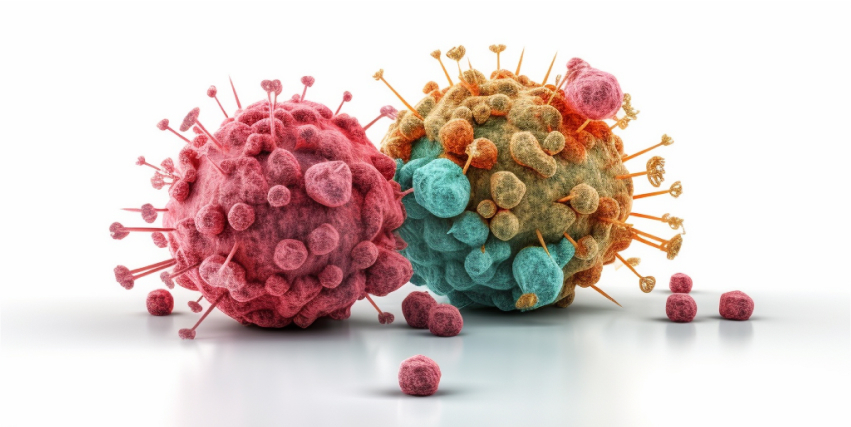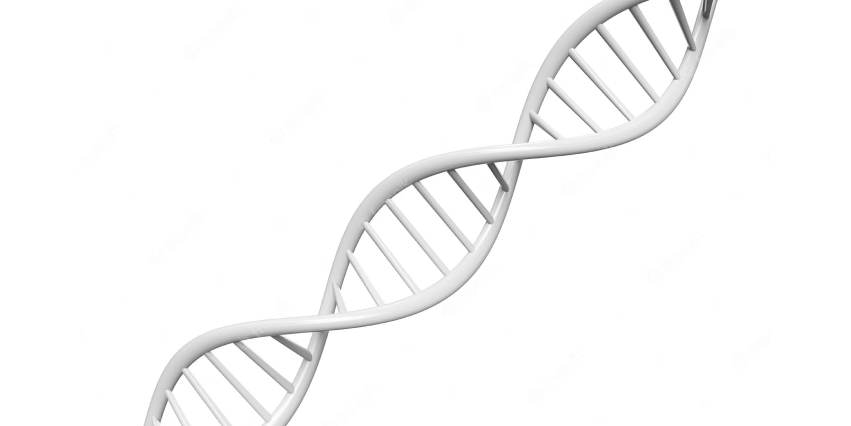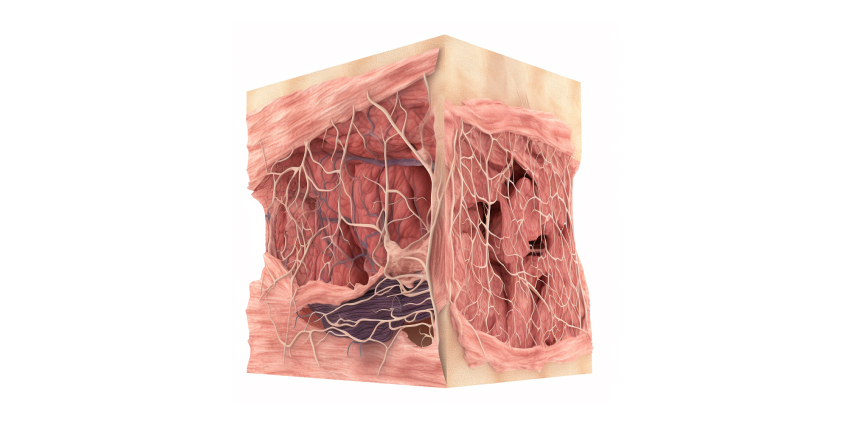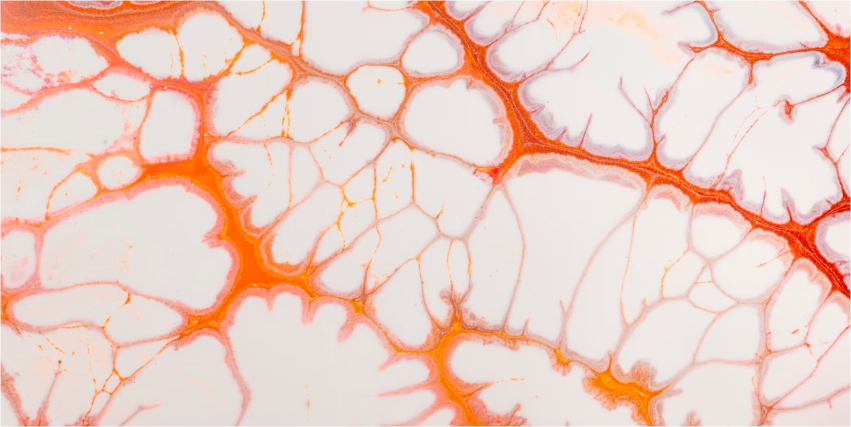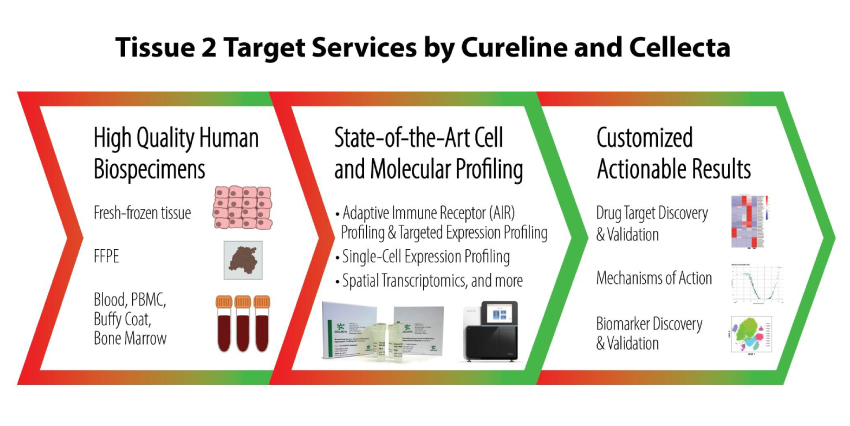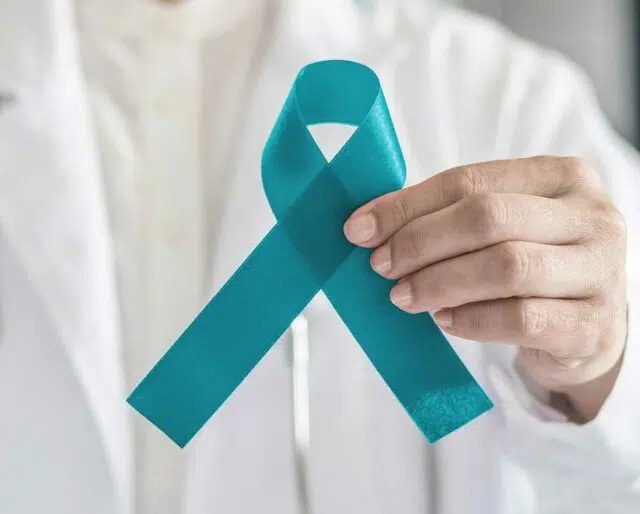This blog tackles all the questions regarding ethical procurement of biological samples, various specimen types/formats and intended research use of each format.
Abstract:
If you are working in the field of drug discovery, I am sure you have come across the concept of Biospecimens. In this blog post we are attempting to give researchers a comprehensive guide ,helpful tips and provide context to the role of ethically collected human biospecimens and corresponding metadata.
First things first, what exactly is a biospecimen- according to the NIH website a biospecimen can be biofluids, urine, blood, tissue, cells, DNA, RNA, or protein, from humans, animals, or plants. Biospecimens may be used for a laboratory test or stored in a biorepository to be used for research.
Now that we have come to a consensus on what can be considered a biospecimen. Let us familiarize with the various formats these specimens can be used in research, mainly preclinical.
Tissues and biofluids can be obtained from a variety of sources, including:
Surgical specimens: Tissues removed during surgery can be used for research.
Biopsies: Tissues removed from the body using a needle can be used for research.
Autopsies: Tissues removed from the body after death can be used for research.
Cadavers: Whole bodies donated for research can be used to obtain tissues and biofluids.
Biobanks: Biobanks are collections of human tissues and biofluids stored for research.
Tissues and biofluids can be used to study the mechanisms of disease. For example, researchers can use tissues from patients with cancer to study how cancer cells grow and spread. This information can be used to develop new drugs and therapies to treat cancer.
Tissues and biofluids can also be used to test the safety and efficacy of new drugs and therapies. For example, researchers can use tissues from patients with a particular disease to test the safety of a new drug. If the drug is safe, it can then be tested in clinical trials in humans.
Finally, tissues and biofluids can be used to develop new diagnostic tools. For example, researchers can use blood samples from patients with a particular disease to develop a blood test that can be used to diagnose the disease.
Using human tissues and biofluids for research is essential for developing new drugs and therapies. This research can help improve disease diagnosis, treatment, and prevention.
Downstream applications of human tissues, biofluids, and cells are numerous. They can be used to:
Study disease mechanisms: Human tissues and biofluids can be used to study the disease molecular and cellular mechanisms. This information can be used to develop new drugs and therapies.
Test the safety and efficacy of new drugs and therapies: Human tissues and biofluids can be used to test the safety and efficacy of new drugs and therapies. This information can be used to determine if a drug is safe and effective before it is tested in humans.
Develop new diagnostic tools: Human tissues and biofluids can be used to develop new diagnostic tools. This information can be used to diagnose diseases earlier and more accurately.
Personalized medicine: Human tissues and biofluids can be used to personalize medicine. This information can be used to tailor treatments to the individual patient.
Enhance the understanding of human health and aging: Human tissues and biofluids can enhance the mysteries behind aging and how to reverse the processes involved.
Tissues:
Main format in which tissues have been used are FFPE and snap-frozen ( a.k.a. Flash frozen).
Formalin Fixed Paraffin Embedded (FFPE):
Preparation: using 10% neutral formalin and 18-24 h fixation. Downstream & intended application: FFPE samples have been traditionally used in pathomorphological confirmation of diagnosis in oncology. But due to advances in precision medicine the fixed tumor tissues is being used in analysis of various mutations using IHC, FISH and NGS. Without going to nitty-gritty details on how the processing is done, factors that need to be taken into consideration that can affect the tissue fixation are fixation time (18-24 hours), temperature, pH, and specimen thickness must be taken into account in order to achieve the best results. Archived specimen have shown to degrade in terms of nucleic acids (DNA/RNA). Most FFPE blocks are ok for standard pathology, IHC and FISH based assays. But when it comes to NGS, multiple factors such as age of the blocks ( less than 3 or 5 years preferred), tumor content on the blocks (above 30-50%) and necrosis content less than 10-20% should be discussed as part of tissue acquisition process with any biobank or CRO.
Snap-frozen (a.k.a. Flash frozen):
Preparation: snap-frozen in Liquid nitrogen (LN2) within 30 minutes after resection. Downstream & intended application: Frozen tissues are used in histology or IHC studies and DNA, RNA and protein extractions. Most important takeaway from frozen tissues is that it’s impossible to determine the tumor and, necrosis content) unless the tissue is OCT embedded which makes it not suitable for the DNA/RNA/Protein extractions.To circumvent this bottleneck, if mirrored FFPE blocks can be used to give a approximate picture of what the frozen tumor will look like.
Fresh tumor or normal tissues:
Prepration: 200-400 mg of fresh tumor samples collected in tissue preserving media Downstream & intended application: PDX Models – Patient-derived xenograft (PDX), Immuno-oncology biomarker discovery. Research tumor in its microenvironment and immune response for IO biomarker discovery.
Viably preserved Tumor or tissues:
Prepration: small pieces of tumor samples prepared using Cureline’s custom viable tissue preparation protocol.
Downstream & intended application: PDX Models – Patient-derived xenograft (PDX), Immuno-oncology biomarker discovery.
Dissociated Tumor cells (DTCs):
Preparation: Tumor tissue is digested with an enzyme mix and frozen as viable cell suspension in cryopreservation medium
Downstream & intended application: viable alternative to acquiring fresh tumor tissue.
Research tumor in its microenvironment and immune response for IO biomarker discovery.
Biofluids:
Whole blood fresh:
Preparation: can be collected in EDTA, Na Hep., CPT tubes and Streck tubes. Downstream & Downstream application: Fresh blood is used for preparation of fresh Peripheral mononuclear cells (PBMCs) used in FLOW, cell culturing and Immunoprofiling and fresh plasma preparation.
Frozen whole blood:
Preparation: collected in EDTA or Paxgene DNA/RNA tubes. Downstream & intended application: Research is mainly used for DNA or RNA extraction.
Frozen Bone Marrow Aspirates (Normal & Hematology):
Prepration: Bone marrow (BM) aspirate collected in tubes with EDTA anticoagulant and snap-frozen. Downstream & intended application: RNA/DNA/protein preparation.
Plasma, frozen:
Prepration: Single spun K2EDTA or Double spun Streck plasma and Platelet-rich plasma (PRP). Downstream & intended application:Circulating tumor DNA (ctDNA), circulating tumor RNA (ctRNA), circulating microRNAs (miRNAs), exosomes, or other biomolecules that are shed or released by tumor cells into the bloodstream or other body fluids.
Serum, frozen:
Prepration: Blood collected in SST tubes, processed under standard protocol. Downstream & intended application: Analytical chemistry, serum tumor markers( carcinoembryonic antigen (CEA), cancer antigen 125 (CA125), cytokeratin 19 fragment (CYFRA21-1) and squamous-cell carcinoma-related antigen (SCC-Ag)) evaluation in oncology and serum markers in autoimmune diseases (RA, IBD etc.). Biomarker-related proteomics studies.
Cells:
Peripheral Blood Mononuclear cells (PBMCs):
Preparation: PBMC isolation using Ficoll gradient Downstream & intended application: FACS, Cell-Based Assays, Proteomics, Genomics
Bone Marrow Mononuclear Cells (BMMCs):
Preparation: BMMC isolation using Ficoll gradient. Downstream & intended application: FACS, Cell-Based Assays, Proteomics, Genomics
Dissociated tumor cells:
Preparation: Enzymatic and Mechanical disaggregation of fresh tumor tissue Downstream & intended application: FACS, Cell-Based Assays, Single Cell Genomics
Protein Lysates:
Preparation: Tissue lysis using RIPA and Custom buffers Downstream & intended application: PAGE, Proteomics, Western Blot, Immunoprecipitation
Nucleic Acids (DNA & RNA)
Preparation: DNA is isolated with a commercially Check availability before ordering DNA isolation kit (DNeasy Blood and Tissue Kit, Qiagen) and RNA is isolated with a commercially Check availability before ordering RNA isolation kit (e.g. RNeasy, Qiagen).
Downstream & inteted application: Next generation sequencing (NGS), rtPCR Assays, RNA sequencing.
Conclusion:
In conclusion, human specimens are essential resources for biomedical research and drug discovery. They offer a unique opportunity to study human biology and pathology in a more relevant and realistic context than animal models or synthetic systems. Researchers who use human specimens should familiarize themselves with the ethical, legal, and social challenges. And, also have a complete understanding of the various formats of biospecimen and their subsequent downstream applications, to avoid costly mistakes.
FAQs
1. How can I get access to inventory of samples that I am looking for?
There are different ways to get access to inventory of human specimens that you are looking for, depending on the type, source, and availability of the specimens. Some possible options are:
Using online databases or tools that allow you to search for and request human specimens from various sources, such as the NCI Specimen Resource Locator, the NCTN Navigator, or the Contacting Cureline, Inc. These databases or tools can help you find specimens that match your criteria and initiate the request process.
Contacting specimen banks or repositories that collect and store human specimens for research purposes, such as the NCI Cooperative Human Tissue Network (CHTN), the NCI National Clinical Trials Network (NCTN) Biospecimen Banks, or the or the Contacting Cureline, Inc. These banks or repositories may have online catalogs or inventory systems that allow you to browse and request specimens.
Contacting clinical or research laboratories that generate or use human specimens for diagnostic or therapeutic procedures, such as hospitals, clinics, biobanks, or academic institutions. These laboratories may have excess or residual specimens that they are willing to share or donate for research purposes. However, you may need to obtain ethical approvals and consent forms from the specimen donors before accessing their specimens.
2. I don’t see the samples types that is required for my research and I have my own custom protocol for sample preparation, is it possible to implement and collect samples as per protocol?
That depends on the availability and feasibility of collecting the samples that you need. You may need to contact the specimen providers directly and discuss your requirements and protocol with them. Some providers ( such as Cureline, Inc) are able to accommodate your requests and collect samples as per your protocol, while others may not have the resources or capacity to do so.
3. How to choose a tissue sample provider for your research?
Choosing a tissue sample provider for your research can be a daunting task. There are many factors to consider, such as the type of tissue you need, the quality of the samples, the cost, and the provider’s reputation.
Here are some tips for choosing a tissue sample provider:
Do your research. Before you contact any providers, take some time to research the different types of tissue samples that are available. This will help you narrow down your options and choose a provider that can provide the specific type of tissue you need.
Consider the quality of the samples. The quality of the tissue samples is essential for the success of your research. Make sure to choose a provider that has a good reputation for providing high-quality samples.
Get quotes from multiple providers. Once you have a few providers in mind, get quotes from each one. This will help you compare prices and find the best deal.
Contact the providers.Once you have narrowed down your options, contact the providers to ask questions and get more information. This will help you make an informed decision about which provider is right for you.
Here are some additional factors to consider when choosing a tissue sample provider:
The provider’s accreditations and certifications. Make sure the provider is compliant and/or accredited by a reputable organization, such as the College of American Pathologists (CAP) and International Organization for Standardization (ISO).
The provider has written protocols in place for procurement, storage and handling of human biospecimen. This will help to ensure the quality of the samples.
Choosing a tissue sample provider is an important decision. By taking the time to do your research and consider all of the factors involved, you can find a provider that can provide you with the high-quality samples you need for your research. Please contact experts team of Cureline, to discuss any human biospecimen requirements.
Reference:
Biospecimen and Biorepository Basics | Patient Corner | BBRB (cancer.gov)
https://www.ncbi.nlm.nih.gov/pmc/articles/PMC3954467/
https://www.ncbi.nlm.nih.gov/pmc/articles/PMC7094463/
https://www.ncbi.nlm.nih.gov/pmc/articles/PMC4077003/
Best Practice Guidance: Specimen and Specimen-Product Storage and Retention (aphl.org)
The New Era of Life Sciences (newsweek.com)
![]()



